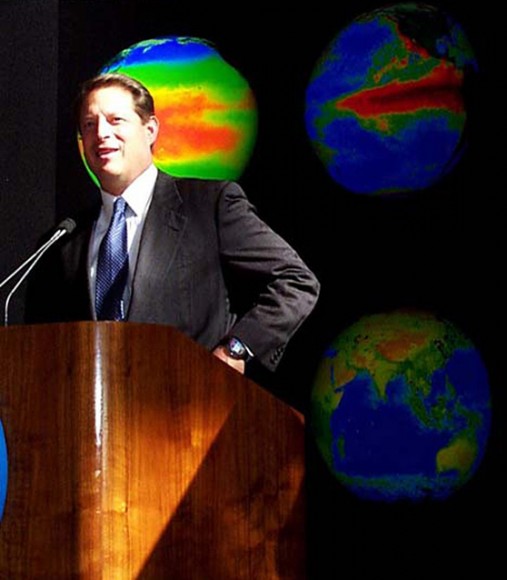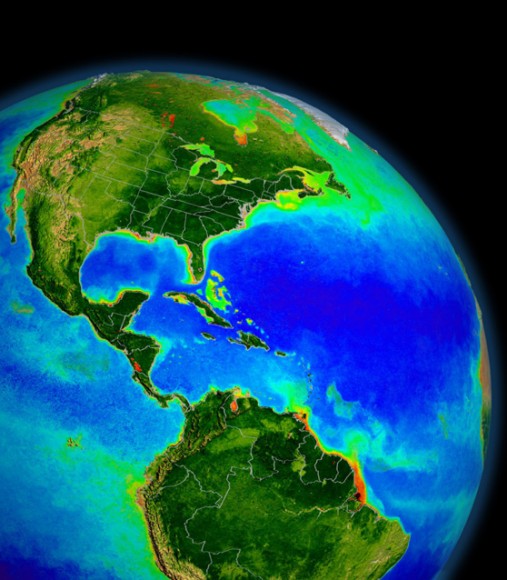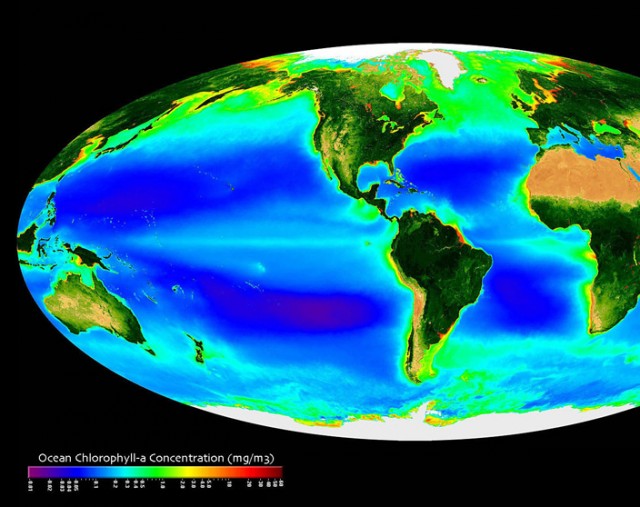You might not think it, but NASA doesn’t just study distant stars and galaxies. It’s also keeping watch over our own planet.
NASA’s Gene Feldman adds, “Ultimately we’re measuring life on Earth. What can be more significant than monitoring the very life of this planet?”
Feldman uses satellites to monitor and study the oceans. And the work that he and his colleagues are doing has revolutionized our understanding of life on Earth. Have a listen.
[audio:https://coseenow.net/podcast//2010/01/og25.mp3]




[…] What color would you paint the oceans on our planet? Blue? Try green. At least that’s what a NASA satellite 450 miles above our heads is telling us to do. Check out the new Ocean Gazing podcast. […]
Thank you again Ari, great story. And thank you for providing the wonderful video links, a great classroom resource!
Liesl
Thanks, Liesl! Yes, those videos *are* fantastic. I was delighted that Gene Feldman let us upload them to YouTube and link to them.
Hi Ari, I just wanted to say what a great job you did editing this episode. The analogies, music and supporting clips are perfect for this “globally significant” subject. Thanks for taking us on a wonderful journey.
Thanks so much, Sage! Gene deserves most of the credit for this episode, since he so beautifully described the phenomena he studies and he was willing to provide a bunch of great visual metaphors. The hardest part was figuring out what to exclude!